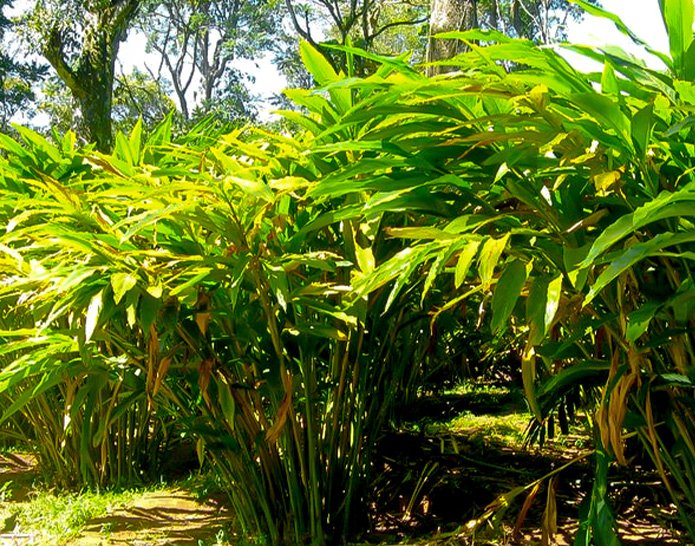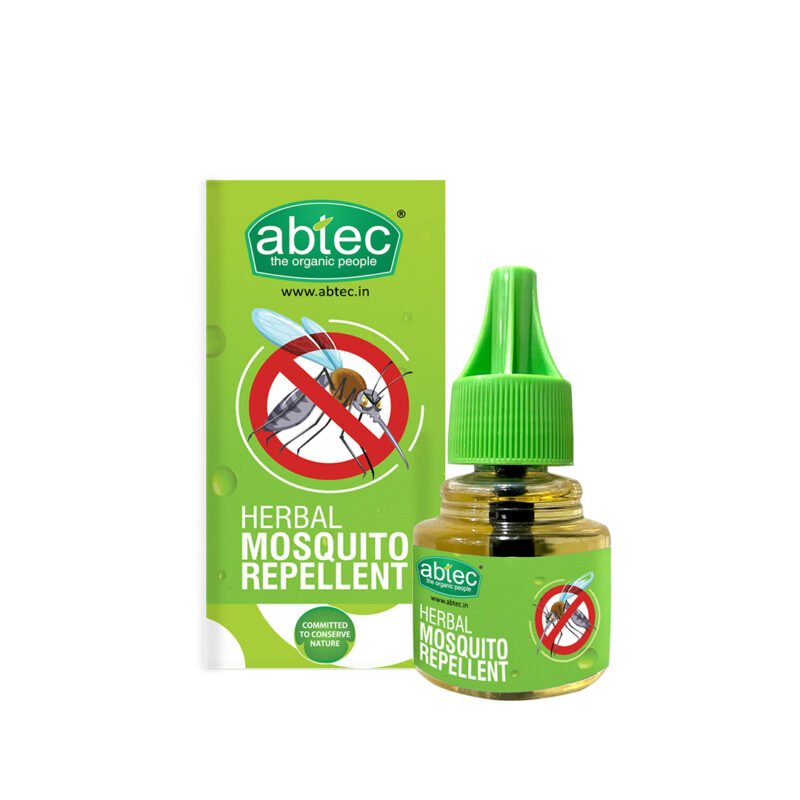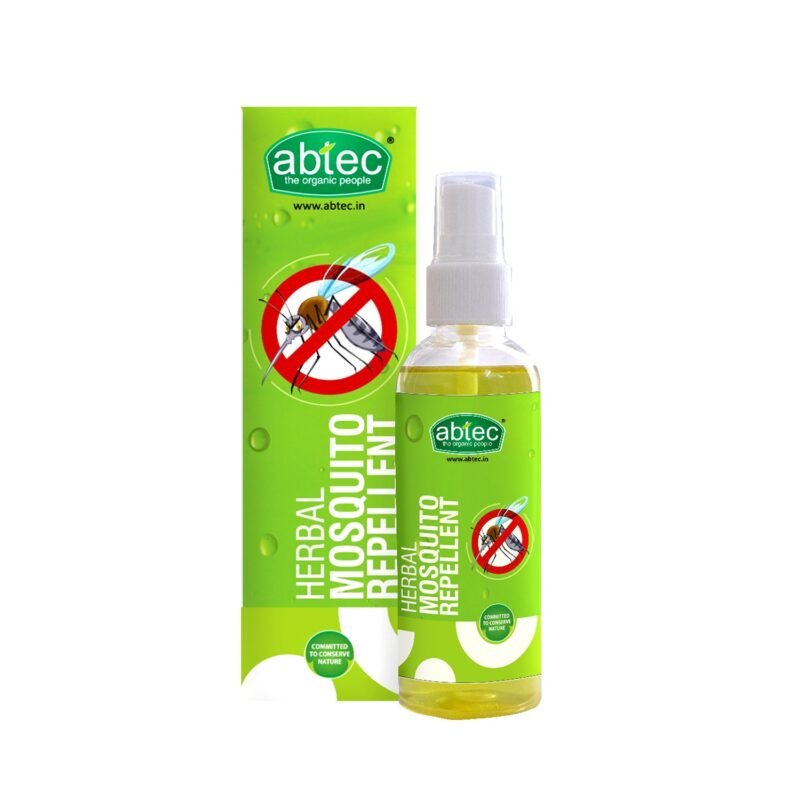In -Vitro Evaluation of Antagonistic Potential of Biocontrol Agents Against Fusarium Oxysporum Isolated from Cardamom Root

Saritha S S, Sunimol Sebastian, Aswathy Elizabeth Jacob
Elettaria cardamomum commonly known as small cardamom, an important spice crop of India is being affected by various fungal and viral diseases. Fusarium oxysporum has been identified as the major fungal pathogen responsible for root tip rot and wilt disease in cardamom growing areas (Thomas et al., 2006). Rhizome rot is another major disease of small cardamom caused by Fusarium oxysporum(Vijayan and Thomas, 2002). In addition to this, leaf blight, leaf blotch and capsule rot are the diseases frequently affecting cardamom growing regions.
To manage this phytopathogenic fungus Fusarium the plant growth promoting and Biocontrol attributes of Bacilli species have been studied (Khan et al., 2018). Similarly Biocontrol agents such as Trichoderma (Akrami., etal 2022) and Pseudomonas(Toua., etal2013) also show remarkable effect in controlling the diseases caused by Fusarium.Chemical fungicides have been used commonly in order to control fungal diseases and increase crop production however they many have adverse effects on non target microorganisms, protein synthesis, cell mitosis and nucleic acid synthesis (Yang., et al2007).
Therefore the present study is aimed at isolating and identifying the pathogen from diseased cardamom roots and evaluating the efficacy of selected Biocontrol agents against it under in-vitro conditions and thus providing an eco-friendly alternative to chemical fungicides.
Diseased root sample (Figure 1A) were collected from an infected Cardamom Plant (Figure 1B) at KCPMC Estate Idukki District of Kerala, The sample was surface sterilized, and cultured on Potato Dextrose Agar (PDA) medium for pathogen isolation. Fungal growth was sub cultured and the pathogen was identified based on morphological and microscopic observation.

The isolated fungus exhibits a white to dark purple mycelial growth (Figure 2 A) and the microscopic observation showed the presenceof hyaline septate hyphae, microconidia, macroconidia in abundance and chlamydospores (Figure 2 B). These characteristic features confirm the presence of Fusarium oxysporum in the infected cardamom root.

Figure 2
A – Fusarium oxysporum
B – Microscopic view of Fusarium oxysporum (Spores and Hyphal Structures)
To control Fusarium– induced diseases in cardamom and to provide an ecofriendly alternative to chemical fungicides, some selected bio control agents such as ABTEC Bacillus subtilis ( Figure 3 A), ABTEC Pseudomonas fluorescens (Figure 3 B)and ABTEC Trichoderma viride (Figure 3 C)can be evaluated for its antagonistic activity against Fusarium oxysporum.

Figure 3
A -Biocontrol agent ABTEC Bacillus subtilis
B -Biocontrol agent ABTEC Pseudomonas fluorescens
C- Biocontrol agent ABTEC Trichoderma viride
The selected Biocontrol agents were tested against the isolated pathogen (Figure 4 A) using the grid method and the selected Biocontrol agents exhibited varying degrees of antagonistic activity. Among them, ABTEC Trichoderma viride exhibited (Figure 4 B) maximum inhibition forming a clear zone of interaction and overgrowing the pathogen. B. subtilis (Figure 4 C) and P. fluorescens (Figure 4 D)also showed significant inhibitory effects.

Figure 4 Antagonistic Activity of Different Biocontrols.
A – F. oxysporum
B – F. oxysporum + T. viride
C – F. oxysporum + B. subtilis
D – F. oxysporum + P. fluorescens
The study suggests that ABTEC Trichoderma viride could be a potential Biocontrol agent for the effective management of Fusarium– induced diseases in cardamom and an alternative to chemical fungicides.
Recommended Products
-
 ABTEC Herbal Mosquito Repellent 50ml
ABTEC Herbal Mosquito Repellent 50ml
₹99.00Original price was: ₹99.00.₹95.00Current price is: ₹95.00. -
 ABTEC Herbal Mosquito Repellent 100ml
ABTEC Herbal Mosquito Repellent 100ml
₹240.00Original price was: ₹240.00.₹235.00Current price is: ₹235.00.

